As a queer child in the early 2000s, I never fitted in with the hyper-masculine world of Action Man. But in the gender-nonconforming Pokémon universe, I found safety
Woolworths, Woking, Surrey. I’d walk up to the till, place my Barbie or Britney Spears CD player on the counter, and before the cashier had the chance to ask if we wanted a bag, I’d blurt out: “This is a present for my sister, it’s not for me!” Sharing a smirk with my mum, they’d offer replies such as, “Wow, she’ll love it!” and “Aren’t you a kind brother?” (If you hadn’t already guessed, I do not have a sister.)
This was a regular occurrence in my childhood in the early 2000s. I was acutely aware, even as early as the age of five or six, that these were not the usual toys a little boy should be playing with. Where was my Action Man or Scalextric track? Why were my bedroom walls covered in posters of pop stars wearing crop tops and not footballers with muddy knees?
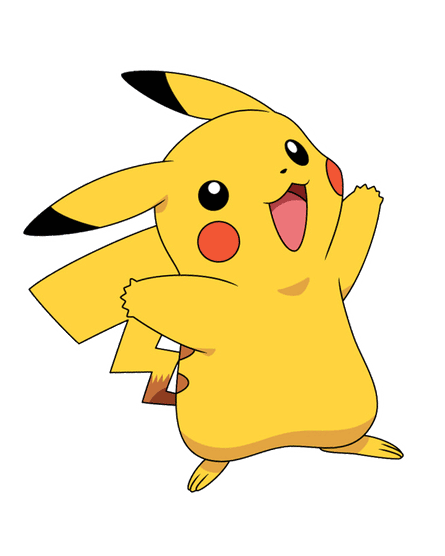
Barbie and Britney may have been my secret vices, but there was another phenomenon I, and a lot of other children my age, quickly became wrapped up in: Pokémon. The Japanese media franchise – currently the highest-grossing in the world – reached its “Pokémania” peak around this time.
Video games, trading cards, figurines, and an anime TV series – the Pokémon universe had them all. I was obsessed. My parents were left dumbfounded when I could name all the original 151 species by heart, and less than happy when I drew a huge pokéball on my bedroom wall in crayon.
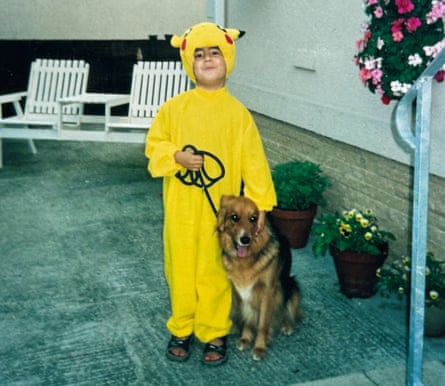
As a queer child, I could love Pokémon freely. Unlike other children’s media and toys of the time it wasn’t strictly gendered. While my badge maker and Polly Pockets were clearly marketed towards girls (and my short-lived possession of them was mixed with shame), nobody had a problem with my love of Pokémon, because anyone could be a Pokémon trainer, and for a while everyone wanted to be one.
There were singing, dancing Pokémon that were fluffy and cute, and that – shock! – I was drawn to. Nobody cared which one was your favourite, because everyone had the same goal: to become the ultimate Pokémon master. Looking back, in what was incredibly ahead of its time, there were gender-neutral and gender non-conforming Pokémon. There was even one slightly resembling a drag queen.
The human villains in the original TV show, Jessie and James of Team Rocket, regularly dressed in clothes associated with the opposite sex and subverted gender roles, and this never attracted the kind of frivolous concern about “confusing” children that it would today. Longtime Pokémon fans have debated their queerness in online forums, even if queerness is never mentioned in the show. For that matter, aside from the odd crush, heterosexual relationships weren’t central to the show’s storylines, either.
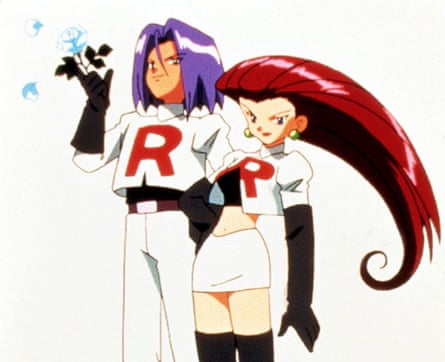
Pokémon “battled”, but it was hardly violent enough to make me squirm or put me off in the way that hyper-masculine, weapon-wielding characters from other TV series and video games did. I felt excluded for not liking shows with these attributes, but in the Pokémon universe, I fitted in.
In 2016, the augmented reality game Pokémon Go catapulted the franchise back into public consciousness. By the end of the year, it had been downloaded more than 500m times. A community of LGBTQ+ fans – whether teenagers fresh to the franchise or adults who grew up with the original series – formed, and now it’s common to see Pikachu at Pride or get-ups resembling Ash Ketchum (the show’s original protagonist) in drag bars. The franchise has since embraced this community, introducing more visibly gender-fluid human characters.
Though my relationship with Pokémon remains firmly in the early 2000s, I’m grateful that it provided me with a world free of gender norms that I didn’t relate to, a world that shielded me from being judged for what I really liked.
Feeling a pang of nostalgia as I began writing this, I searched for the soundtrack of the first Pokémon movie on YouTube, only to discover that none other than a teenage Britney Spears sings a song on it. It’s made for children and it’s called Soda Pop, so obviously it’s awful. But if anything, discovering it is a full-circle moment for me, and in my mind, cements the fact that Pokémon has a place in queer culture through and through.

 13 hours ago
2
13 hours ago
2


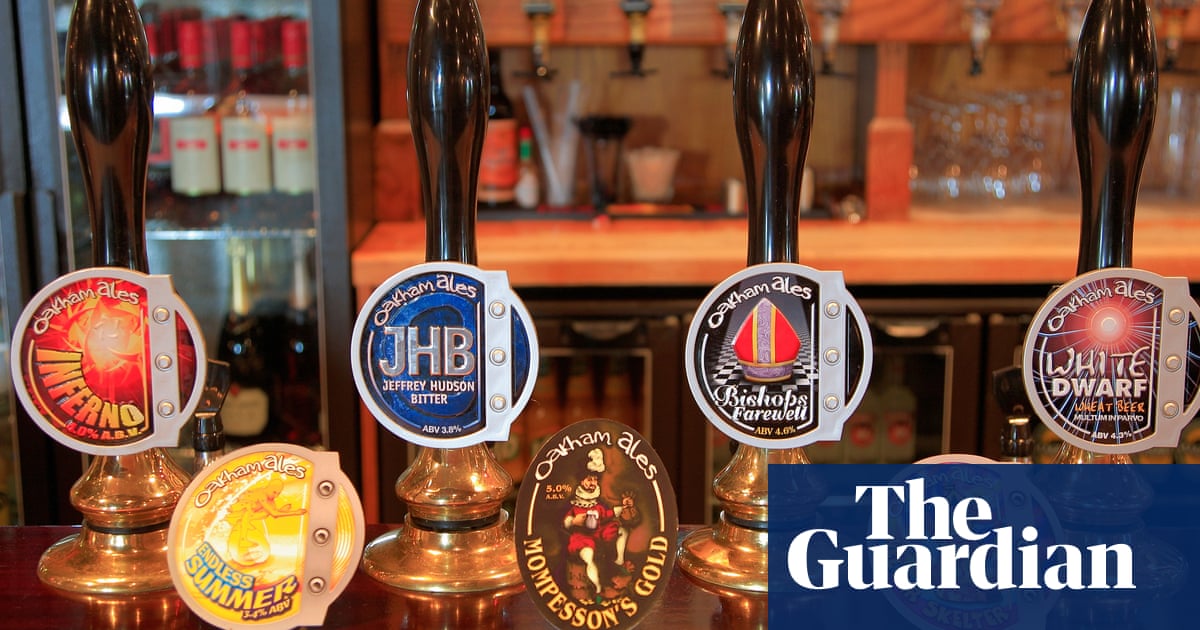
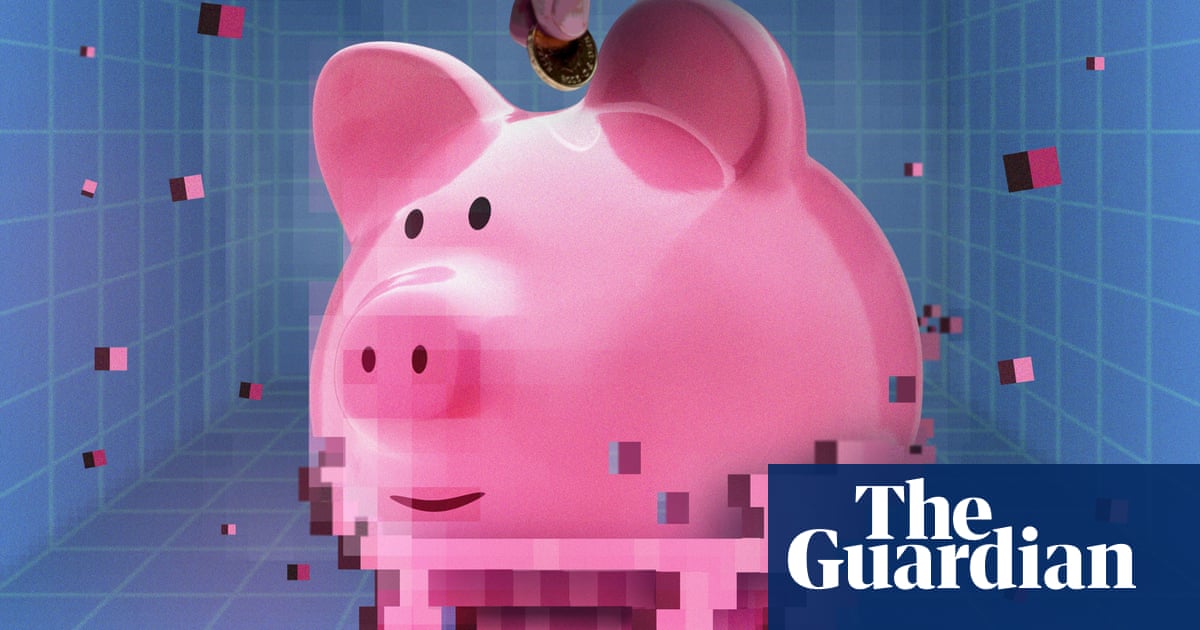



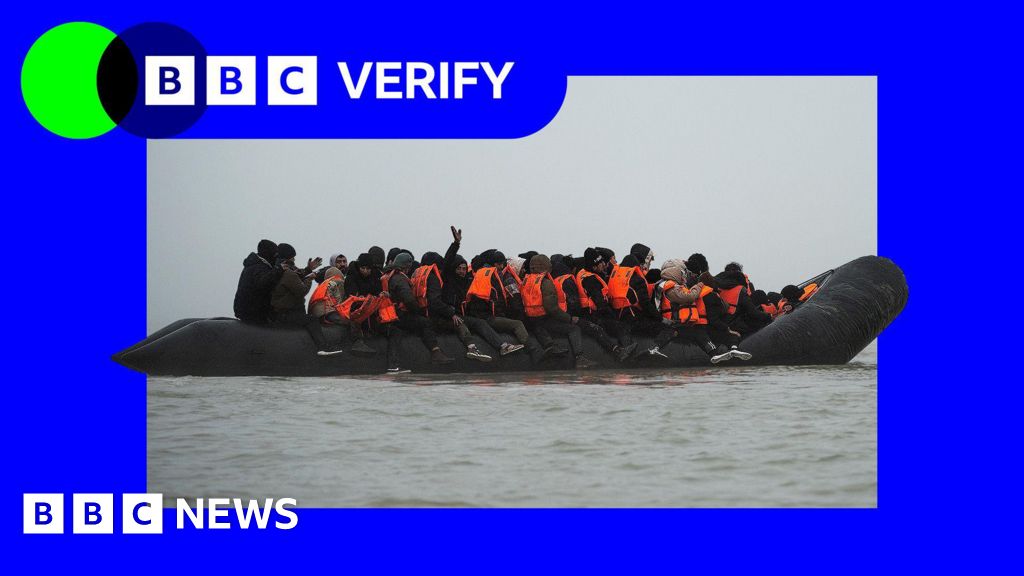


 English (US)
English (US)